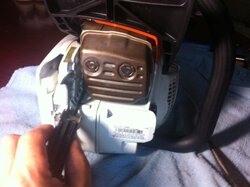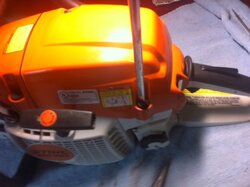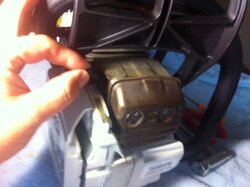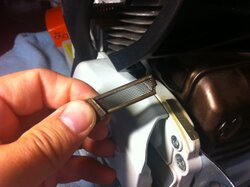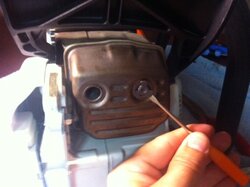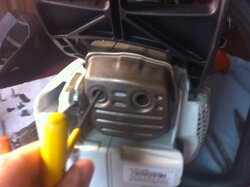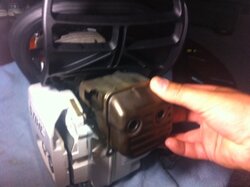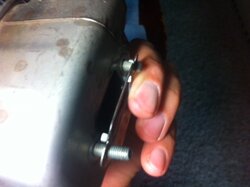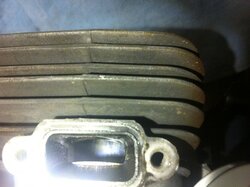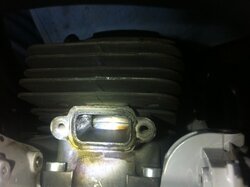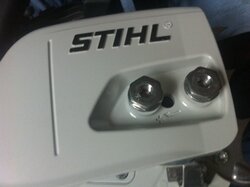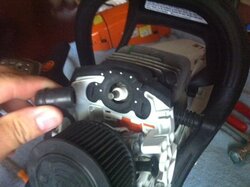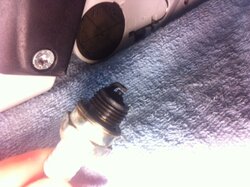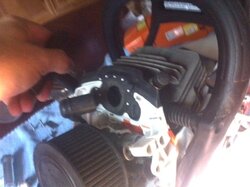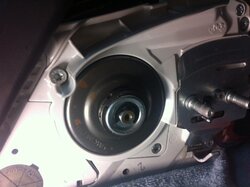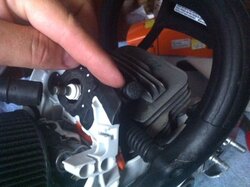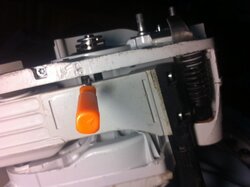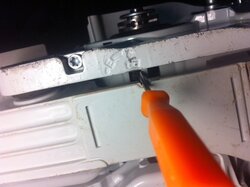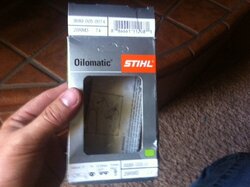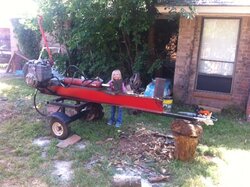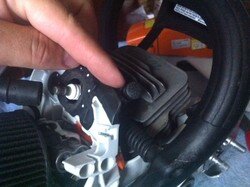Hi everyone! First post here. I just fell into a standard Stihl MS 261, 18 in. bar (not the Mtronic fancy pants techno-gobble one) that is replacing a Poulan Pro PP3516AVX (35 cc) 18incher that gave up the ghost on a 20 inch oak tree that blew down on me. Dang thing only has 30 psi of compression now. Won't even start.
Anyway, this is my first "professional" saw. I've been looking at videos and doing research and this seems like exactly the saw I should have gotten to begin with, had I any sense.
It is USED though, so what should I be looking for to make sure it's in tip-top shape? I cut about 1-2 cords a year, just a backyard guy, but dang it I need something reliable. And I'm hoping this is a saw I can pass down to my kids and grandkids when I'm old and rickety.
Any suggestions, tips, maintenance rituals are appreciated. I don't really know anything about saws, but I severely have a desire to learn.
Anyway, this is my first "professional" saw. I've been looking at videos and doing research and this seems like exactly the saw I should have gotten to begin with, had I any sense.

It is USED though, so what should I be looking for to make sure it's in tip-top shape? I cut about 1-2 cords a year, just a backyard guy, but dang it I need something reliable. And I'm hoping this is a saw I can pass down to my kids and grandkids when I'm old and rickety.
Any suggestions, tips, maintenance rituals are appreciated. I don't really know anything about saws, but I severely have a desire to learn.


